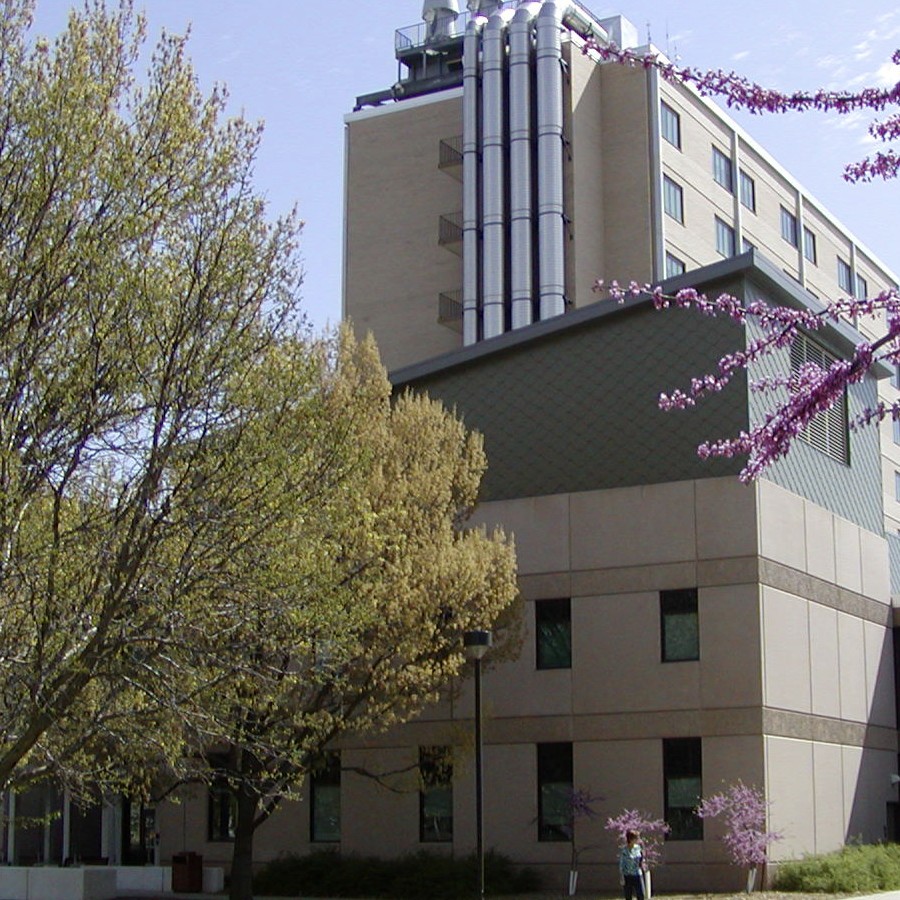M.S. Thesis Defense - Hassan Shehab
Assessing the Morphological and Physicological Traits of Smooth Brome Pastures under Long Term Grazing and Nutrient Enrichment in Eastern Nebraska
2:00 pm –
3:00 pm
Hardin Hall
Room: 209 South
3310 Holdrege St
Lincoln NE 68583
Lincoln NE 68583
Additional Info: HARH
Virtual Location:
Zoom Webinar
Target Audiences:
Contact:
Tala Awada, tawada2@unl.edu
Climate change together with the increase in demands for food, feed, fuel, and fiber are becoming a threat to sustainability and resilience of agriculture and pasture lands. Bromus inermis (smooth bromegrass) dominates pastures for cattle grazing in Eastern Nebraska, US, where it is planted in monocultures, and is considered high quality forage because of its palatability and high nutritional value, especially under intensive management practices. Sustainable management of these pastures is key to long-term resilience. This study aims to assess the performance of smooth bromegrass pastures to the combined effects of long-term management practices (since 2005) of fertilization with Supplemental Dry Distiller Grain Soluble (DDGS, Fertilizer-SF), mineral (Fertilizer-HF), or control (no fertilizer-CG), under both rotational grazing and no grazing treatments or true control (no-grazing and no-fertilizer). Soil characteristics, plant morphology (biomass, leaf area index, and specific leaf area), forage quality (acid detergent fiber, neutral detergent fiber, and crude protein), plant physiology (chlorophyll content and fluorescence), and vegetation optical properties (multispectral leaf reflectance) were measured throughout the growing season in 2022. Results showed that 2022 experienced drought with precipitation being (42 %) lower than the long-term average for the site. Pasture productivity was affected by fertilization treatments, grazing and water availability. We did not observe differences between fertilization treatments (SF and HF), where both treatments showed similar morphological and physiological trends throughout the season and differed significantly from control. These results are consistent with previous work, supporting the use of DDGS as an alternative to mineral fertilizer, thus reducing nitrate leaching and runoff from the system. Rotational grazing resulted in lower biomass and leaf area index (LAI) compared to ungrazed pastures, and higher crude protein. Several Indices (Normalized Difference Vegetation Index-NDVI, Chlorophyll Index red edge-CIre, and Vogelmann Red Edge Index-VRE) were tested as a non-invasive approach for vegetation assessment. The three vegetation indices showed significant relationship with ground measurements, demonstrating the feasibility of proximal sensing to measure different biophysical traits under different management practices and environments. HF and to a lesser extent SF resulted in improved growth conditions early in the season relative to controls, which provided a slight advantage to these treatments in a drought year over non-fertilized treatments, under both grazed and ungrazed conditions. Results from this study build on previous research on the site, and serve in the development of sustainable climate smart and adaptive management practices and contribute to land management policy planning.
Download this event to my calendar
This event originated in SNR Seminars & Discussions.
